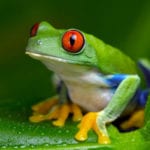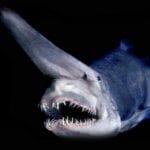 Technology
Technology  Technology
Technology  Our World
Our World 10 Ways Icelandic Culture Makes Other Countries Look Boring
 Misconceptions
Misconceptions 10 Common Misconceptions About the Victorian Era
 Mysteries
Mysteries 10 Strange Unexplained Mysteries of 2025
 Miscellaneous
Miscellaneous 10 of History’s Most Bell-Ringing Finishing Moves
 History
History 10 Great Escapes That Ended Right Back in Captivity
 Weird Stuff
Weird Stuff 10 Fascinating Things You Might Not Know About Spiders
 Food
Food 10 Everyday Foods You Didn’t Know Were Invented by the U.S. Military
 History
History 10 Odd Things Colonial Americans Kept at Home
 Weird Stuff
Weird Stuff 10 Superstitious Beliefs That Once Consumed Entire Cultures
 Technology
Technology 10 Scientific Breakthroughs of 2025 That’ll Change Everything
 Our World
Our World 10 Ways Icelandic Culture Makes Other Countries Look Boring
 Misconceptions
Misconceptions 10 Common Misconceptions About the Victorian Era
Who's Behind Listverse?

Jamie Frater
Head Editor
Jamie founded Listverse due to an insatiable desire to share fascinating, obscure, and bizarre facts. He has been a guest speaker on numerous national radio and television stations and is a five time published author.
More About Us Mysteries
Mysteries 10 Strange Unexplained Mysteries of 2025
 Miscellaneous
Miscellaneous 10 of History’s Most Bell-Ringing Finishing Moves
 History
History 10 Great Escapes That Ended Right Back in Captivity
 Weird Stuff
Weird Stuff 10 Fascinating Things You Might Not Know About Spiders
 Food
Food 10 Everyday Foods You Didn’t Know Were Invented by the U.S. Military
 History
History 10 Odd Things Colonial Americans Kept at Home
 Weird Stuff
Weird Stuff 10 Superstitious Beliefs That Once Consumed Entire Cultures
10 Crazy Newly Discovered Living Animal Species
Our world is full of life. Through billions of years of planetary change, much of what is alive today didn’t exist during different stages of Earth’s structural evolution. Continental plates have shifted, while ice ages and meteor strikes (think dinosaurs) have forever altered the scope of what lives and breathes on our planet. There are literally millions of unique species on Earth.
It wasn’t until the 18th century that Swedish botanist Carl Linnaeus developed the architecture for our modern system of binomial nomenclature, the naming of species using Latin grammar, which places an animal’s genus and then species in its formal name. Today, the field of identifying and organizing species is just as alive as ever. You’d be shocked at the animal life that has existed beside us for years without recognition. Below, we highlight ten shocking species living on our planet that were just found just within the last several years.
10 Game Of Thrones Ants
Pheidole Viserion And Pheidole Drogon
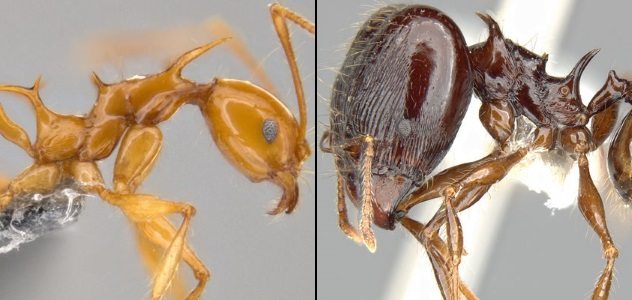
Ants are one of the most ubiquitous creatures to inhabit our planet. A pesky insect with more than 12,000 individual species, ants have found a home on every continent except for Antarctica. All ants share a common morphology, consisting of a three-part body: the head, thorax, and abdomen. Ants live in colonies, ranging in size from several dozen to millions. Colonies consist of reproducing queens, which can live 30 years.
Ants make up an impressive portion of Earth’s biomass, so it’s no surprise that two new species of ants weren’t known to researchers until this year. These new species, Pheidole viserion (left above) and Pheidole drogon (right above), are members of the Pheidole genus, a common one that can be found throughout the planet.[1] Yet, while these ants are known for their relatively large heads, P. viserion and P. drogon also sport impressive spikes on their backside. Researchers decided these spikes were like those found on dragons from the popular show Game of Thrones. The ants were observed in New Guinea, the second-largest island in the world, a tropical ecosystem of incredible biodiversity.
9 Pretty In Pink
Eulophophyllum Kirki
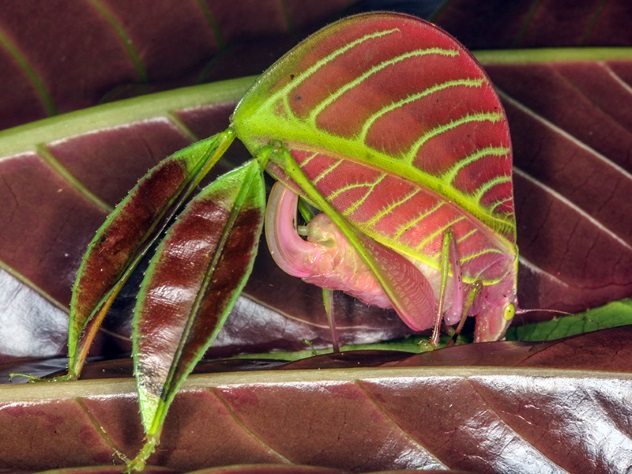
The Smithsonian reports that there are 200 million insects on Earth for every human, so it’s not all that surprising that insects dominate the field of newly discovered members of the animal kingdom. Since we’ve highlighted the finds on New Guinea, we’re going to jump to nearby Borneo, the world’s third-largest island and home to parts of Malaysia and Indonesia, with the nation of Brunei occupying a minuscule slice of the island.
Eulophophyllum kirki was an accidental discovery, found while researchers were on the hunt for snakes and spiders across Borneo. This species of katydid is unique for the pinkish hue of their females. The E. kirki female was spotted in a Malaysian nature reserve, but no specimens were collected for further research, as the scientists could not obtain collecting permits.[2] The katydid’s name is derived from the man who photographed it, Peter Kirk. It measures approximately 4 centimeters (1.6 in) and mimics leaves to blend in seamlessly with its surroundings. For the female, this means its extraordinary pink backside is lined with “veins” resembling those from nearby trees.
8 The ‘Sorting Hat’ Spider
Eriovixia Gryffindori
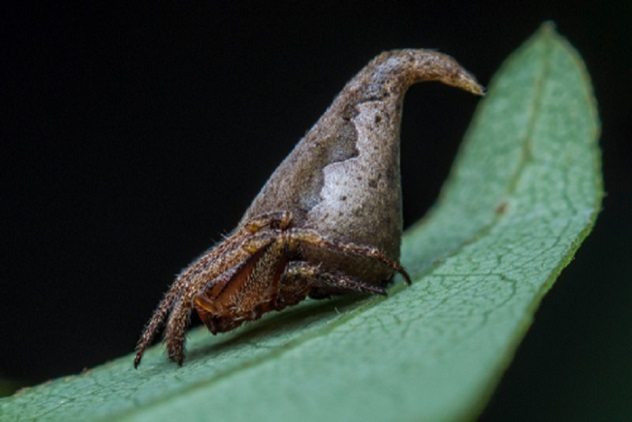
One of the perks of discovering a new and rare animal species is being granted naming rights. Many researchers may insert their own name into the animal’s species identifier, but as we’ve seen, it’s also common for scientists to give pop culture a nod when naming species. This is the case with the newly discovered Eriovixia gryffindori, a spider found in India’s southwestern state of Karnataka. The spider’s shape, from its brownish hue to its curvature at the top, resembles the sorting hat from the Harry Potter movies.[3] After looking for ourselves, we are inclined to agree, and author J.K. Rowling even tweeted out her congratulations to the researchers after their find.
The spider is part of the Eriovixia genus, part of the Araneidae family, which consists of orb-weaver spiders, known for spinning webs with circular weaves. E. gryffindori measures in at just 7 millimeters, which helps explain how it eluded discovery for so long. The spider is nocturnal, and like the pink katydids, it is a master of mimicry, blending in with dead foliage to avoid predators.
7 The Casanova Millipede
Illacme Tobini
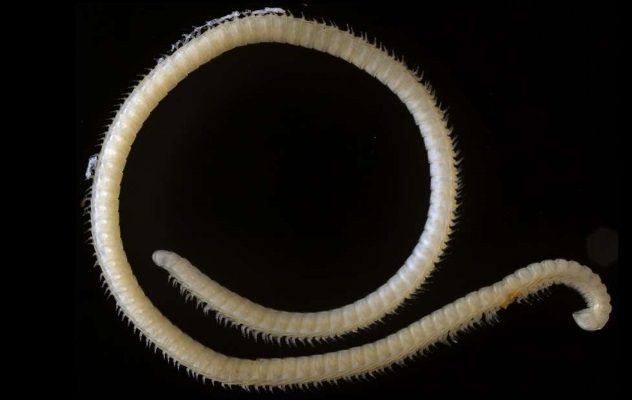
Of the many types of arthropods on the planet, centipedes and millipedes have a higher “yuck” factor than most. You may be surprised to learn that not a single species of millipede has 1,000 legs. Most millipede species belong to the order Polydesmida and sport 62 legs. The record-setting number of legs for a millipede species is 750, held by Illacme plenipes. For Illacme tobini, we’re going stateside, as it was discovered in California’s Sequoia National Park.
I. tobini has several features that will make you squirm, but we’ll start with the one responsible for the “casanova millipede” description. This creature has four penises, which double as legs to help it move about underground. I. tobini has 414 legs, much higher than the average for a millipede. When it was discovered, it was preserved in ethanol for later DNA research, which revealed it to be a close relative of I. plenipes.[4] I. tobini has 200 poison glands, excreting a novel substance not otherwise described in scientific research. The one thing this creature doesn’t have an abnormally high number of is eyes; it’s completely blind. This quirky package is wrapped up in thin hairs that secrete a silky residue, unique from its poison, making it decisively one of the strangest entries on this list.
6 The Polka-Dot Stingray
Potamotrygon Rex
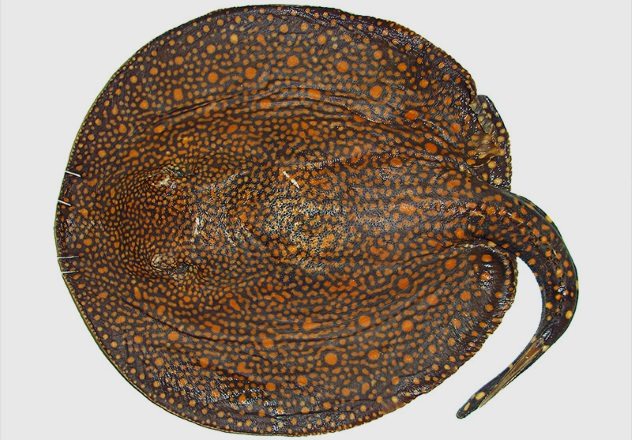
Freshwater stingrays can be found in a number of tropical regions around the world. Several species of freshwater stingray, belonging to the genus Potamotrygon, live in the rivers of South America. Stingrays have barbed stingers which they use for protection, but luckily, they’re generally adverse to conflict. They don’t seek out humans to attack, though there are cases where people have had lethal run-ins. Steve Irwin, the “Crocodile Hunter,” was killed by an ocean stingray’s barb going through his chest in September 2006.
Potamotrygon rex was discovered in Brazil’s Tocantins River. The Tocantins is a petri dish of exotic life; 35 percent of fish species found in the river can’t be found anywhere else on Earth.[5] P. rex is an impressive 1.1 meters (3.6 ft) long and can weigh upwards of 20 kilograms (44 lb). (A juvenile is pictured above.) The stingray is colored with blackish-brown hues, spotted by striking circles of yellow and orange. These features led to its eventual naming of rex, Latin for “king.” Scientists have noted that the discovery of a relatively large specimen underscores just how much more we have to learn about the Neotropical realm, one of the planet’s eight biogeographic realms, which includes much of Central and all of South America.
5 The Furry Forager
Gracilimus Radix
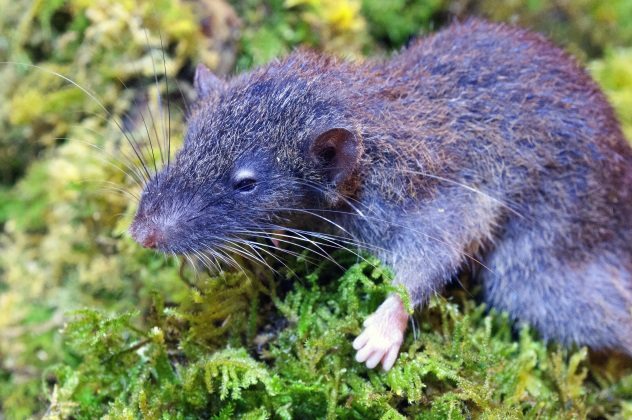
Our next entry brings us back to the South Pacific, this time to the island of Sulawesi, slightly east of Borneo. Sulawesi is a heavily populated island, part of Indonesia and home to an abundant variety of wildlife. This includes Gracilimus radix, a new species of rat found on the island.
G. radix, aka the “slender root rat,” is a fascinating find for several reasons. First, it’s a mammal. While the discovery of new insects or amphibians is relatively common, scientists come across new mammal species much less frequently. Secondly, the newly described rodent demonstrated enough novel qualities to denote not just a new species but also a new genus, a higher level of taxonomical distinction. Finally, G. radix is an omnivore, unlike its closer carnivore relatives. This means it evolved from a dietary specialist back to a dietary generalist, an uncommon adaptation for any creature.[6]
The rat measures 30 centimeters (12 in) with a weight of approximately 40 grams, showing off an elaborate array of whiskers that most likely help it scour the forest floor. The discovery of such a species points to the many creatures on Sulawesi, and other islands, still waiting to be found.
4 The River Rider
Inia Araguaiaensis
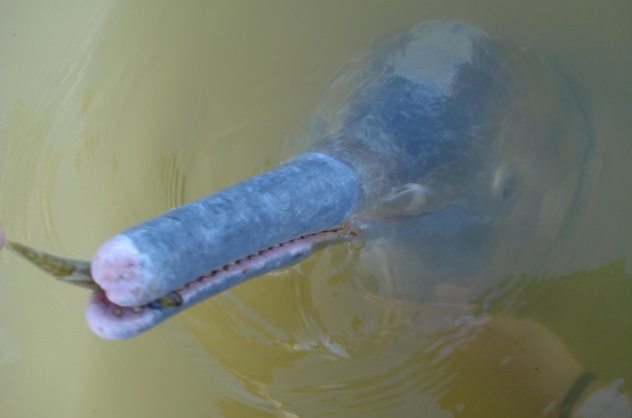
Many entries on this list are captivating, but the documentation of new insect or fish species may not be too surprising. What may shock you, though, is the recent discovery of a new species of dolphin. All dolphins are mammals and among the most intelligent creatures on the planet. They’re highly social and altruistic and live in pods with their peers. There are also a number of dolphin species that live in rivers. River dolphins have long, thin snouts and are slower swimmers with poorer vision compared to their oceanic counterparts.
River dolphins are rare, which makes the discovery of Inia araguaiaensis even more astonishing. It marks the first new documentation of a river dolphin species in a century. Three of the world’s four species of river dolphin are listed as threatened, further highlighting the need to protect I. araguaiaensis. River dolphins, often called botos, exist throughout the Amazon Basin, yet this new species was sufficiently separated from other botos by a sequence of rapids and canals. I. araguaiaensis was found in Brazil’s Araguaia River Basin, and thorough physiological and genetic testing determined it to be a species separate from other botos.[7] The magnitude of genetic variation suggests that the dolphin diverged from a common ancestor approximately two million years ago.
3 Jack Of All Trades: Centipede Edition
Scolopendra Cataracta

If you thought you were safe from creepy-crawly critters after the listing of a 414-leg millipede, you were mistaken. Our next entrant, Scolopendra cataracta, was found in Southeast Asia and offers a pretty big “yuck” factor. Entomologists could categorize the new species based on only four collected specimens: two in Laos, one in Thailand, and a misidentified centipede found in Vietnam in 1928 that sat idle in the Natural History Museum in London.[8]
This new species is the first centipede ever discovered to be amphibious, hunting in both land and water. That’s right, S. cataracta is a carnivore and can potentially reach almost 20 centimeters (8 in) in length. Centipedes are venomous, and the bigger the centipede, the more painful its bite. That means you’ll want to stay far away from this particularly large creepy-crawly. Its bite won’t kill you, probably, but it will be painful and could potentially sting for weeks. Scientists believe S. cataracta stretches its legs, and its appetite, at night, hunting beneath the water, something to keep an eye out for if you find yourself swimming in the far corners of the world.
2 Darling Of The Deep
Plenaster Craigi

Our next addition to the list is a creature you probably won’t come across in your lifetime. You may be surprised to learn it’s even an animal at all. Plenaster craigi is a new species of sponge found more than 4,000 meters (13,000 ft) below the surface of the Pacific Ocean. There are 15,000 species of sponge, one of the earliest animal life-forms on the planet, dating back more than 500 million years. Scientists have found that not only do sponges share a primitive common ancestor with other animals, but they also demonstrate immune systems and coordinated movement, putting them squarely in the animal category.
Two expeditions to the depths of the Pacific, in 2013 and 2015, yielded the discovery of P. craigi.[9] It was found in the Clarion-Clipperton Zone, a large stretch of the Pacific ranging roughly from Hawaii to Mexico. The sponges are tiny, yet they are also ubiquitous. Scientific inquiry suggests they are among the most common creatures at their depths. They live on metal-rich nodules that are viewed as potential havens for future deep-sea mining. P. craigi, which is not just a new species but also comprises a new genus, shows us just how much we have to learn about life deep below our ocean’s surface.
1 Going Batty
Myotis Attenboroughi
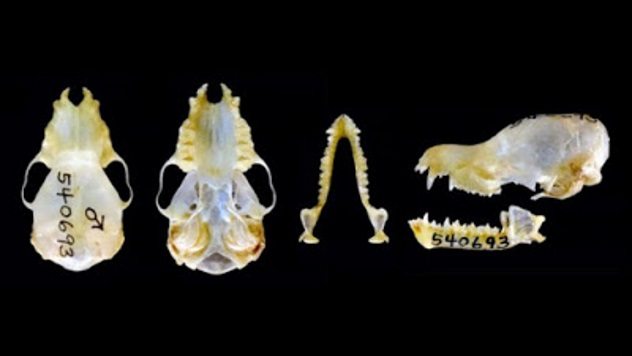
In the study and differentiation of species, taxonomists have often grouped seemingly similar animals together when, in fact, they can constitute their own species. This was the case with our list’s final entrant, named Myotis attenboroughi, paying homage to British naturalist David Attenborough.[10]
M. attenbouroughi is a species of bat found on the island of Tobago, part of the Caribbean nation of Trinidad and Tobago. Scientists examined museum records of 377 Caribbean bat specimens and were able to parse out a new species that demonstrated significant physiologic and genetic differentiation. Further field research will be necessary to determine if M. attenbouroughi is found on both islands of the nation. But what this finding can already cement is that new species are sometimes right under our noses, just waiting to be identified.
Evan is a writer from New England living in southern Florida.
New species are being found all the time. For more, check out 10 Recently Discovered Animals With Amazing Features and 10 Incredible Recently Discovered Animals.

